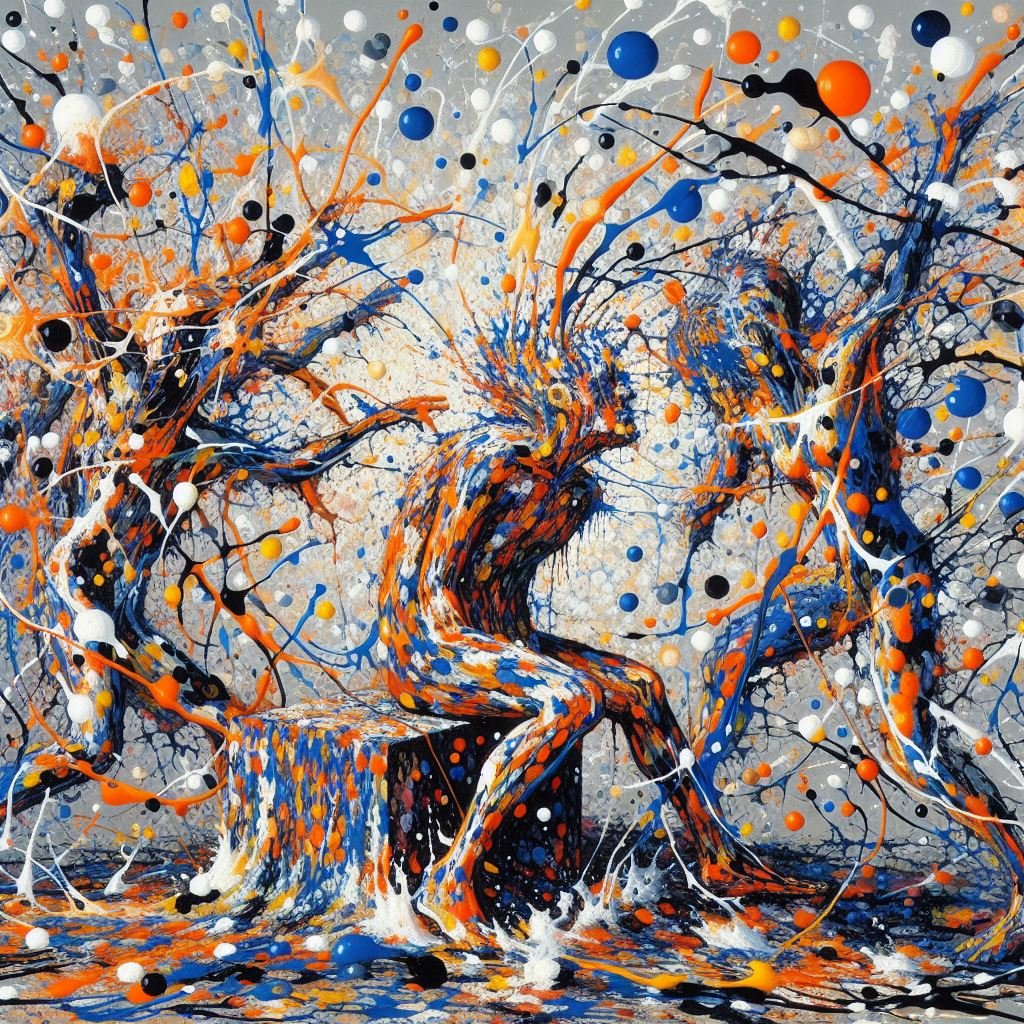 Image 1 of 1
Image 1 of 1


Perception vs. Reality - WW Quintet
Woodwind Quintet (standard; fl., ob., cl. hn., bsn.)
Parts are included with the zip file.
Recorded by Typhoon Winds at the 2024 Imani Winds Chamber Music Festival at the Juilliard School in August 2024.
Duration: c.a. 15 minutes
Outside of music, I have always been extremely interested in psychology. “Perception versus Reality” refers to the psychological phenomenon that what we perceive is different from what reality is. Our perception is inescapably colored by our experience. Our perceived reality is instead a subjective and dynamic construct influenced by our individual perspectives and personal history, often seen through a lens tinted with pessimism.
The first movement, Reality, starts with the call of the white-throated sparrow, which I heard in my front yard one atypically warm November day. In the introduction to the movement, I aimed to create the warm, glowing feeling of a peaceful day. I utilize the birdcall alongside quintal harmony. Throughout the rest of the movement, I maintain driving energy punctuated by a conversational, playful melody in the entirety of the ensemble, with instances of imitation. There is a brief instance of a “fever dream” in which the tempo suddenly slows, and the sounds become undulating. This is followed by a return to the original tempo and a sharp ramp to the end of the movement. The harmony throughout the entire movement gradually transforms from consonant open chords to harsh clusters, setting the stage for the second movement.
The second movement, Perception, is a double canon based on an (0123) set. The set is treated using klangfarbenmelodie, with the temporal space between notes compressing as the canon develops. Once the canon reaches its apex, cluster chords suddenly take over the texture. Then, the canon reignites, this time cascading, until it bottoms out at the cluster broken into 2-instrument pairs, alternating beats. Eventually, the energy swells again, and the entire set is finally stated as a unified melody. The movement concludes by bringing back the canons from the beginning, though they are spaced apart and fade away until the final unusually voiced non-tertian chord.
The third movement, Hope, recalls the open harmonies of the first movement and is a bright, fast-paced close to the piece. Like the first movement, this movement is broken up into a slower introduction, followed by a fast-pased middle, and topped off with a heroic, slower ending. I believe that after such darkness in “Perception,” the work should end on a hopeful note.
Woodwind Quintet (standard; fl., ob., cl. hn., bsn.)
Parts are included with the zip file.
Recorded by Typhoon Winds at the 2024 Imani Winds Chamber Music Festival at the Juilliard School in August 2024.
Duration: c.a. 15 minutes
Outside of music, I have always been extremely interested in psychology. “Perception versus Reality” refers to the psychological phenomenon that what we perceive is different from what reality is. Our perception is inescapably colored by our experience. Our perceived reality is instead a subjective and dynamic construct influenced by our individual perspectives and personal history, often seen through a lens tinted with pessimism.
The first movement, Reality, starts with the call of the white-throated sparrow, which I heard in my front yard one atypically warm November day. In the introduction to the movement, I aimed to create the warm, glowing feeling of a peaceful day. I utilize the birdcall alongside quintal harmony. Throughout the rest of the movement, I maintain driving energy punctuated by a conversational, playful melody in the entirety of the ensemble, with instances of imitation. There is a brief instance of a “fever dream” in which the tempo suddenly slows, and the sounds become undulating. This is followed by a return to the original tempo and a sharp ramp to the end of the movement. The harmony throughout the entire movement gradually transforms from consonant open chords to harsh clusters, setting the stage for the second movement.
The second movement, Perception, is a double canon based on an (0123) set. The set is treated using klangfarbenmelodie, with the temporal space between notes compressing as the canon develops. Once the canon reaches its apex, cluster chords suddenly take over the texture. Then, the canon reignites, this time cascading, until it bottoms out at the cluster broken into 2-instrument pairs, alternating beats. Eventually, the energy swells again, and the entire set is finally stated as a unified melody. The movement concludes by bringing back the canons from the beginning, though they are spaced apart and fade away until the final unusually voiced non-tertian chord.
The third movement, Hope, recalls the open harmonies of the first movement and is a bright, fast-paced close to the piece. Like the first movement, this movement is broken up into a slower introduction, followed by a fast-pased middle, and topped off with a heroic, slower ending. I believe that after such darkness in “Perception,” the work should end on a hopeful note.
